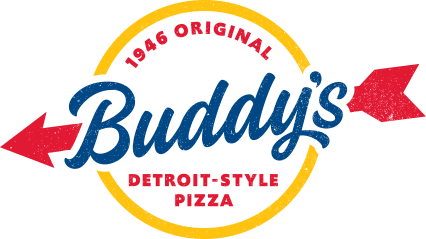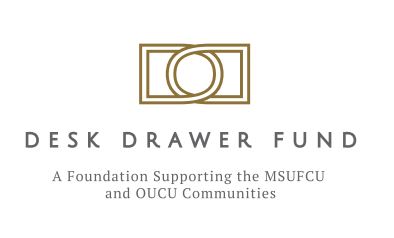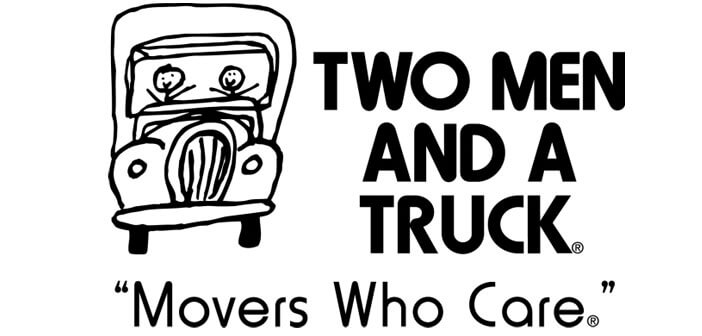Foster Information
Click here to take the first step in becoming a foster parent.
What is Foster Care?
Children who have been abused and/or neglected who are unable to remain safely in their homes are placed in foster care. The primary goal of foster care is to provide intervention services and to reunite the children with their biological parents. When reunification is not possible and parental rights have been terminated, children are placed for adoption.
-
Reasons children need foster care include issues of parental homelessness, lack of resources to safely provide for their children, substance abuse, mental health complications, and domestic violence.
-
Every effort is made to reunify children with their biological parents. Efforts are also made to seek out appropriate relatives throughout the case as well.
-
The goal of child welfare is to provide permanency, safety and well-being along with a sense of family, stability in the least restrictive, most family-like setting possible.
-
Foster parents are needed to assist children in this temporary situation of foster care.
Want more information? Call Michelle Kingsley at 517-882-4000 ext. 148 or email michelle@childandfamily.org
Foster Hope Foster Love Foster Change
Becoming a foster parent is a big decision; however, it can be a rewarding decision as well! Child and Family Charities currently seeks individuals and families who are willing to foster children--providing a safe and caring home for children and youth. The first step is a no-cost, no-obligation orientation meeting to learn more!
Steps to become a foster parent:
- Attend an Orientation
- Complete an application and licensing packet
- Attend training
- Participate in a home evaluation
Foster Parent benefits at Child and Family Charities:
- Licensed therapists on staff
- After hours on-call serivce
- Foster parent support groups
- Foster parent communications with updates on trainings and other support group options
- Inclusive placements
- Involvement in children’s case planning (Family Team Meetings)
- Resources + support for relatives raising related youth in care.
- Financial assistance, health insurance and children’s daycare assistance/resources.
- Excellent and collaborative customer services across multiple departments
- Fun activities and events throughout the year for foster families and their children
- Referral incentives
Frequently Asked Questions: Foster Hope Foster Love Foster Change
Q: What is an Orientation?
A: An orientation is a 2 hour meeting at the agency where you can learn about the expectations of being a foster parent, learn more about what children are in need of placement and what you can expect in the licensing process.
Q: When are Orientations?
A: Our orientations are held at least twice a month. Click here to check the schedule on our website for specific dates.
Q: What is the Application and Licensing Packet?
A: Once you complete an orientation, you may sign a foster parent application (2 pages) and begin to provide us with information about your home, your family and the reasons why you have decided to become a foster parent.
Q: How long does the process take?
A: Once you sign an application, the process takes 4-6 months.
Q: What is involved with Foster Parent training?
A: Prior to becoming licensed, applicants are required to attend 12 hours of specific training curriculum. Trainings are held in person in a group setting with other applicants from other agencies so that you may benefit from collaboration with others
Q: What is a Home Evaluation?
A: A licensing specialist will collect the licensing paperwork from you and conduct 2 to 3 face to face visits with you and your family in your home. The evaluation is a collection of information about your home, your family, your beliefs and goals as well as to ensure that your home is in compliance with the state licensing rules.
Q: How long will children be in my home?
A: Children who enter foster care may need a short term placement (1-2 weeks up to 12 months) or a longer term placement (12+ months or a permanent placement through adoption).
Q: Who will I work with?
A: A licensing specialist will assist you with getting started and will maintain at least annual contact with you for as long as you remain a foster parent. When a child is placed in your home, you will have a case manager who will interact with you on a more frequent basis.
What is Adoption?
When the court has determined that it is no longer safe for a child to be able to reunite with his or her biological family, the permanent plan for the child may change to adoption. Children who are available for adoption are in the custody of the State as their biological parent’s rights have been terminated. Children of all ages may become available for adoption for a variety of reasons; however, the biggest need remains for sibling groups and older youth.
Although adoption means making a lifelong commitment to a child, it is important to recognize that these children, all who have history of abuse and neglect, do have connections with their biological family despite the trauma they have encountered. An adoptive family must be willing to understand this history and embrace who the child is and where he or she comes from in order for an adoption to be successful. Child and Family Charities offers excellent case management services to assist you through this process but also offers post-adoption services for your years ahead.
Frequently Asked Questions: Adoption
Q: How long does the process take?
A: The adoption process varies from case to case depending on a variety of circumstances; however, the process is outlined to take 6 months after the child is legally free for adoption to finalize the process.
Q: What is the “Adoption process”?
A: Complete an adoptions study, obtain subsidy contracts and apply for consent. After this, legal documents are filed to finalize the adoption.
Q: What is subsidy?
A: Subsidy is a form of financial support that can be through monthly reimbursements or medical support through additional insurance. Eligibility for financial or medical subsidy depends on the circumstances of each case. Subsidy supports are often available for the adoption of sibling groups and youth over three years old.
Q: Is there a cost to adopt?
A: When adopting a child through the child welfare system, there are no fees for services such as completing the home study, filing legal forms with the court, etc. Any fees that are required for the process are often reimbursed through the State and/or this agency. Each case is unique so this may not be applicable in all cases.
Q: What is consent?
A: The process of obtaining consent is what the case manager does to obtain permission of the state (who holds the legal custody of the child) to request that the legal custody change to the adoptive parent. Consent must be obtained for the adoption to be approved as the agency can only make a recommendation and not a decision about any child who is a ward of the State.
Q: What is involved in the legal paperwork?
A: Once any subsidies are secured (if applicable) and the consent for adoption has been approved, the case manager will work with the court to file the legal paperwork to name the adoptive parents as the legal family for that child. The court will often set a hearing date within a few weeks of obtaining the legal paperwork so that the adoptive placement can be made formal.

















.png)
















































